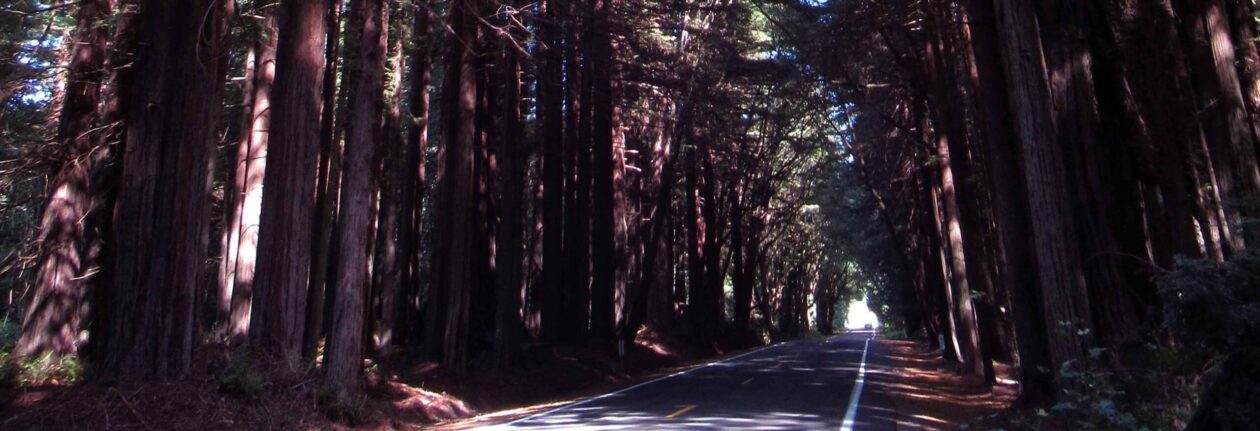New Delhi, India
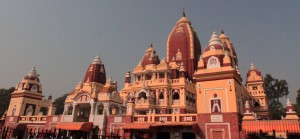
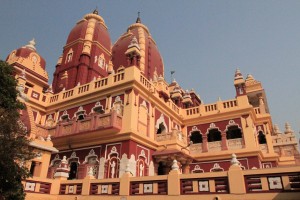
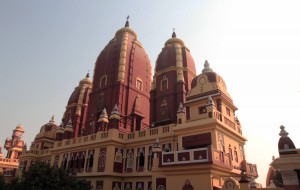
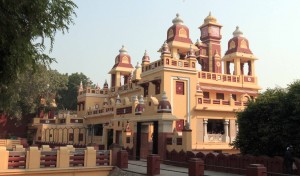
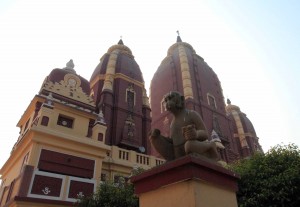
I woke up after 08:00 today, showered, dressed, and got ready for my sight-seeing tour of New Delhi that I booked yesterday. After 09:30, someone came and escorted me over to the street where all the tourist buses were at, picking up passengers in the neighborhood before moving on to the next neighborhood. I waited around for my bus to show up and when it finally did, I loaded up inside and we were on our way. The tour guide on the bus spoke mostly Hindi and some “Hindglish”, so I understood precious few words. Our first stop was the Lakshmi Narayan Temple (also known as “Birla Mandir” – “Mandir” is a Hindu Temple and the Birla family built this temple as well as many others throughout India; in fact, the family continues to erect Hindu Temples, thinking that if they stop, it will bring them bad fate), which is a large Hindu complex near Connaught Place. We were given thirty minutes to tour the temple, so I quickly walked around the outside, found the special foreigners entrance, walked around inside (no pictures allowed inside), and then quickly hurried back to the bus; the tight schedule given to us doesn’t allow much time to explore the sites, but it does ensure we see a lot of sites within the day.
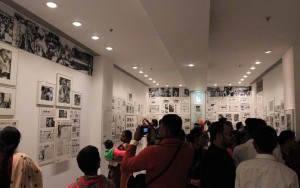
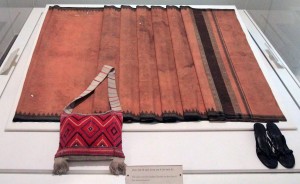
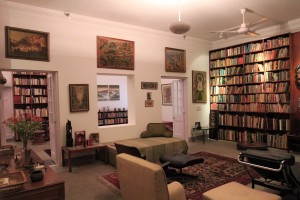
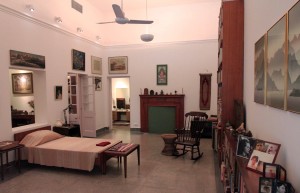
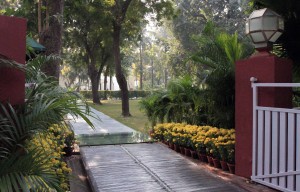

Our next stop was the Indira Gandhi Memorial Museum, located in the house she lived in between 1964 and 1984; she was Prime Minister of India for a total of fifteen years (1966-1977 and 1980-1984) and she was assassinated in front of this house on October 31, 1984 by two security personnel. The museum still preserves several rooms as they were when she was still alive (bedroom, study, drawing room, dining room, etc.) and has many photographs, blown up newspaper articles, gifts (like the Lenin Prize from the Soviet Union), and personal possessions from – and relating to – her life; there were also some displays and possessions from her son, Rajiv Gandhi, who was also assassinated. Outside, now on a green lawn, her last footsteps are covered by crystal glass and the spot where she was murdered is covered by clear glass and there is a sentry nearby guarding the spot. After spending thirty minutes at the museum (far too short a time for almost any museum), we loaded back up inside the bus and moved on to our next stop.
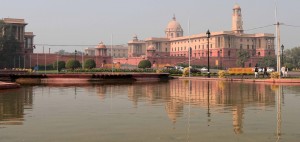
The bus stopped near India’s Parliament building; we exited the bus, walked to a small lawn by a fountain, and took pictures of the different government buildings in the area (from quite a distance). We spent twenty minutes at this location, giving the tour operators enough time to try and sell photographs to the tourists (rather poorly framed photographs at that).
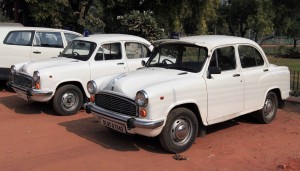
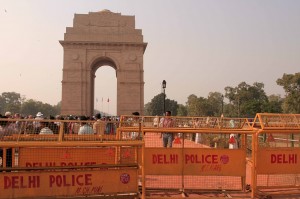
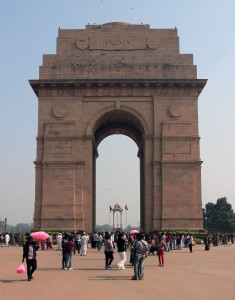
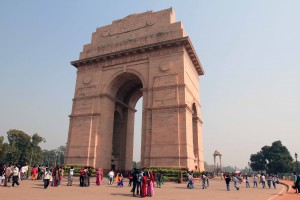
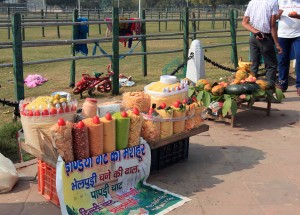
Next we drove to the India Gate; that towering gate to the city, created in a neoclassical style as a memorial for the Indian soldiers who died in World War I. I walked around the gate, taking many photographs (surpassing the 256 gigabyte mark on this trip), before heading back to the bus. From this monument, the bus drove us to a “government sanctioned” shop that sold textiles, statues, leather goods, etc.; since I’m not buying any souvenirs, this was a waste of a half hour for me, but I understand that many tourists love to shop for souvenirs, so it made sense for the bus to take its passengers here. After the thirty minute shopping break was up, we loaded back in to the bus, only to drive about a hundred meters for our lunch stop; it was absolutely stupid to drive such a short distance and I wish I had known that the lunch stop was going to be so near because then I would’ve had an hour to possibly eat something; although these road side restaurants with their many fly patrons didn’t look appealing to me at all, so I decided to forgo lunch and sit inside the bus instead.
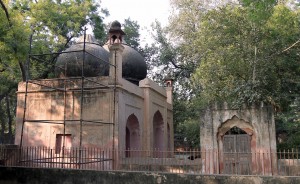
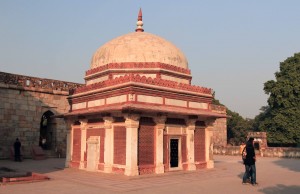
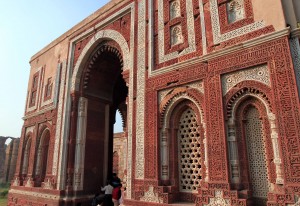
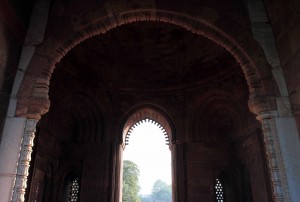
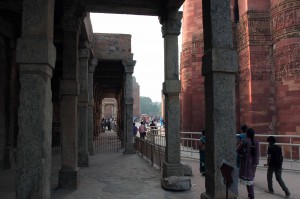
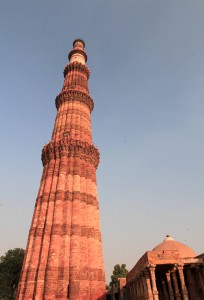
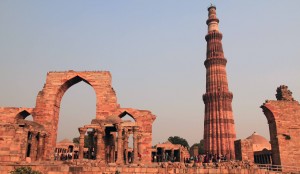
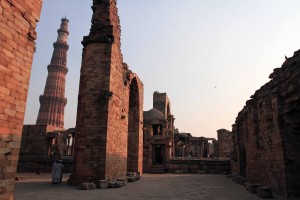
After our late afternoon lunch, we moved on to our next destination: the Qutub Complex, a collection of monuments and buildings with the most outstanding structure being the Qutb Minar, the tallest brick minaret in the world, which was built to celebrate the victory of Mohammed Ghori over Rajput king Prithviraj Chauhan in 1192 AD (the construction of the minaret coincided with the beginning of Muslim rule in India); the complex initially housed twenty-seven Hindu and Jain temples, but these were destroyed so that the Quwwat-ul Islam Mosque could be built in its place. I walked around the ruins, ever conscious of my thirty minute time limit, seeing the columns left standing from the large mosque, the Tomb of Iltutmish, the Tomb of Imam Zamin, the Alai Minar (which was never finished, so all that remains is a large 24.5 meter high base), the Iron Pillar (a seven meter tall column from at least the fourth century AD that is incredibly resistant to corrosion), and many other structures that I didn’t have time to really get to know very well. I then raced back to the bus and we were soon off to our next stop.
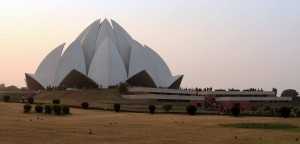
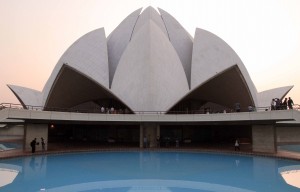
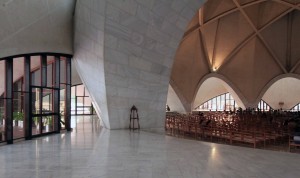
Next we drove to the Lotus Temple, a temple belonging to the Baha’i faith and which is nine-sided (as with all Baha’i Houses of Worship) and designed to look like a giant lotus flower; the temple’s construction began in 1980 and was finished in 1986. I approached the temple, removed my shoes (I opted to carry them with me to save time as opposed to turning them in), and walked up to see inside the modern building; there was a long line and once I managed to make it inside, I decided I needed to leave to make it back to the bus; so I exited the temple, walked toward the exit, dealt with an ignorant security guard who was opposed to me using a tripod to take my own photograph (apparently a number of places in India don’t allow the use of tripods, as I was to find out during the ensuing days), and then I made it back to the bus. By now, the sun was nearly set and night was coming in.
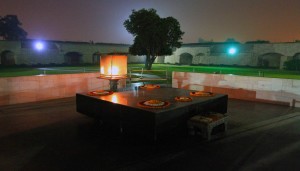
The bus then took us to our last stop, Raj Ghat, the site where Mahatma Gandhi was cremated and now where a large memorial exists, which is dedicated to him. I walked in to the memorial grounds, around the cremation site, and then back to the bus. We then drove back the way we had started and I exited the bus when we reached the site nearest the hotel I was staying at (nearly at 19:00). I then stopped at a local McDonalds to try some Indian food; I had two McSpicy Chicken burgers with french fries and a Sprite, which I took back to my room so that I could enjoy some mind-numbing television with my greasy and fattening dinner. I also purchased a bus tour to the Taj Mahal and Agra Fort for tomorrow through the hotel’s resident travel agent (I later found out that this was a mistake and that I should’ve taken a train and explored Agra on my own, but information gleaned from the internet didn’t convince me that taking a train was much better than taking a bus – it is). Later, during the night, I noticed a few bed bugs crawling around (which explains the chemical, insecticide smell in the room – Note: if I die inexplicably in the next few days or weeks, start the investigation here, at Hotel Roma Deluxe in Pahar Ganj, New Delhi); I made sure to zip up my sleeping bag tight and decided to put up with the pests rather than move rooms this late at night (I didn’t notice them at all yesterday, so I think I was hoping there were not many to worry about; it wasn’t like what I witnessed in Phnom Penh, where they were crawling all over the bed sheets). I then went to sleep, ready to wake up early tomorrow for my Agra bus tour.
